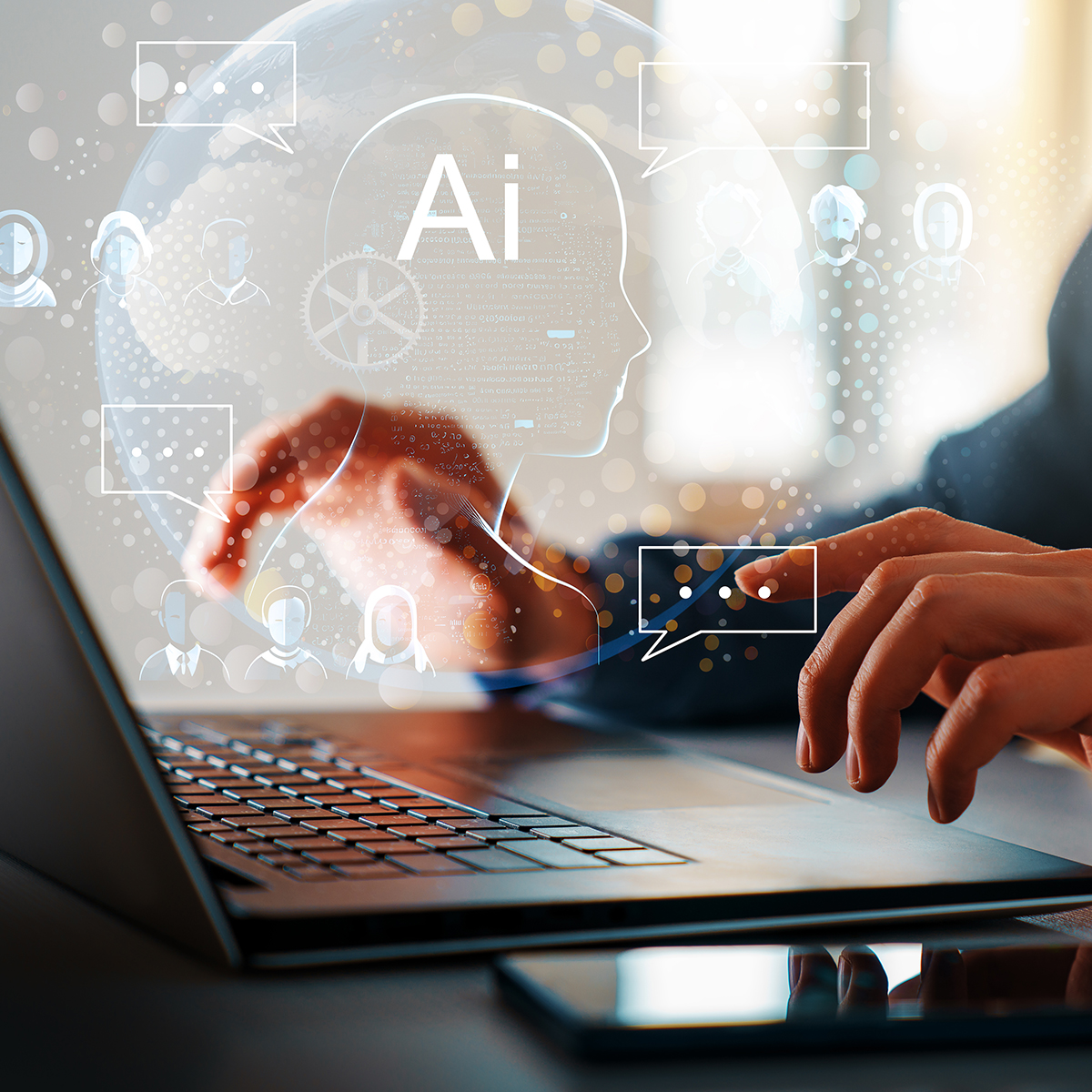-
Property & Casualty
Property & Casualty Overview

Property & Casualty
We offer a full range of reinsurance products and the expertise of our talented reinsurance team.
Expertise
Publication
Biometric Information Privacy – Statutes, Claims and Litigation [Update]
Publication
Inflation – What’s Next for the Insurance Industry and the Policyholders it Serves?
Publication
Human Activity Generates Carbon and Warms the Atmosphere. Is Human Ingenuity Part of the Solution?
Publication
Illinois Changes Stance on Construction Defect Claims – The Trend Continues
Publication
Generative Artificial Intelligence in Insurance – Four Aspects of the Current Debate
Publication
Battered Umbrella – A Market in Urgent Need of Fixing -
Life & Health
Life & Health Overview

Life & Health
We offer a full range of reinsurance products and the expertise of our talented reinsurance team.

Publication
Underwriting High Net Worth Foreign Nationals – Considerations for U.S. Life Insurance Companies
Publication
Group Term Life Rate & Risk Management – Results of 2023 U.S. Survey
Publication
Trend Spotting on the Accelerated Underwriting Journey
Publication
All in a Day’s Work – The Impact of Non-Medical Factors in Disability Claims U.S. Industry Events
U.S. Industry Events
Publication
Marginal Gains in the Medicare Supplement Market -
Knowledge Center
Knowledge Center Overview

Knowledge Center
Our global experts share their insights on insurance industry topics.
Trending Topics -
About Us
About Us OverviewCorporate Information

Meet Gen Re
Gen Re delivers reinsurance solutions to the Life & Health and Property & Casualty insurance industries.
- Careers Careers
Get on Board – Artificial Intelligence, Robotics and Automation

October 21, 2019
Frank Bria
Region: North America
English
Over the past decade, U.S. tech firms have made significant advancements in artificial intelligence and robotics, making it far easier and efficient to automate tasks and functions across industries. Artificial Intelligence (AI) affects all types of risks and lines of insurance, and the Workers’ Compensation market has a particularly large stake in the developments.
Although the U.S. has experienced technological change and disruption during prior periods of industrial revolution, the pace and scope of the Fourth Industrial Revolution positions it to have a far greater impact on the U.S. and global economies. The recent advancements in AI and robotics are some of the most significant computer science advancements of our generations. Google CEO Sundar Pichai has compared it to the discovery of electricity and fire, while Bain & Company predicts that the U.S. will invest $8 trillion dollars in automated technologies by 2030.1
The U.S. is currently the global leader in developing and investing in AI technologies and robotics; however, our global competitors are rushing to catch up. In 2017, AlphaGo, an artificial intelligence program developed by Google, defeated Ke Jie, the world’s champion Go player.2 (Go is a popular and complex ancient board game made digital). Since then global investment dollars in AI continue their upward trend.
Back in 2015, China’s government launched the "Made in China 2025" campaign to become a market leader in developing these new technologies by 2025. As China and other global leaders invest in smart factories (which are driven by AI and robotics), the rise of these factories will impact not only production worldwide but also potentially eliminate jobs and keep wages down worldwide. This intense focus and investment from our largest global competitors will likely further accelerate the pace and scale of change and limit our ability to manage the disruptive effects across many sectors of our economy.

Significantly, the new technologies are poised to challenge traditional assumptions that AI and robotics will be used to perform only low-level and highly-repetitive tasks. MIT’s latest research shows that machines are better at pattern recognition and judgment calls. New AI technologies and robotics are also helping doctors detect early signs of cancer by analyzing a condition and comparing it to data points of other patients. (We’ll explore this notion further in our next blog in this series.)
It remains unclear whether the benefits of AI and robotics will outweigh the disruption to many traditional industries and their employees. In fact, a number of influential CEOs, venture capitalists, and academics have already raised concerns about how these new advances in AI and robotics could fundamentally change our society and the future of work for blue- and white-collar workers.
Blackstone’s CEO, Stephen Schwarzman, who provided $250 million to launch MIT’s new college for AI and robotics, remarked that “We face fundamental questions about how to ensure that technological advancements benefit all - especially those most vulnerable to the radical changes AI will inevitably bring to the nature of the workforce.”3
Gen Re monitors the trends in AI, robotics and automation, and what they mean to the workforce we insure and reinsure.
Endnotes
- https://www.bain.com/insights/labor-2030-the-collision-of-demographics-automation-and-inequality
- https://www.nytimes.com/2017/05/23/business/google-deepmind-alphago-go-champion-defeat.html
- http://news.mit.edu/2018/mit-reshapes-itself-stephen-schwarzman-college-of-computing-1015





